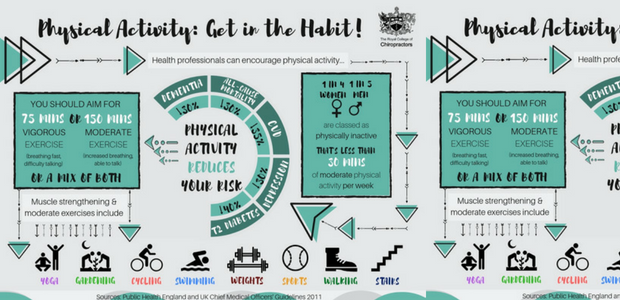Reveal The Keys Behind Neck Pain And How Understanding Cervical Spinal Column Makeup Can Help You Find Alleviation
Reveal The Keys Behind Neck Pain And How Understanding Cervical Spinal Column Makeup Can Help You Find Alleviation
Blog Article
Suggested Resource site -Dunn Mikkelsen
As you sit there, maybe feeling a twinge of pain in your neck, have you ever thought the elaborate frameworks that make up your cervical spine? Recognizing how the vertebrae, discs, and nerves interact in this region can shed light on why neck pain can be so consistent and incapacitating. By exploring the foundations of cervical spine anatomy and its implications for neck discomfort, you may uncover understandings that could aid you better take care of or even protect against those bothersome pains and tightness.
Relevance of Cervical Spinal Column Composition
Comprehending the relevance of cervical spine anatomy is vital in understanding the complexities of neck discomfort. The cervical back, comprised of 7 vertebrae, plays an important role in supporting the head's weight and facilitating motion. It houses the spinal cord, which transmits messages in between the mind and the rest of the body. Additionally, the cervical spinal column shields these fragile nerves and offers architectural stability to the neck region.
Furthermore, the cervical back enables a wide range of activity, allowing you to transform your head, turn it sideways, and nod backwards and forwards. Each vertebra has particular features and features that contribute to the total flexibility and stability of the neck. Comprehending sports injury clinic of the cervical spine can assist you grasp just how injuries or degenerative conditions in this region can lead to neck pain and relevant symptoms.
Components of the Cervical Spine
When exploring the parts of the cervical spinal column, it becomes apparent that its structure consists of seven vertebrae, classified C1 to C7, stacked on top of each other. These vertebrae are essential as they give support to the head and permit a vast array of motion in the neck.
The topmost vertebra, C1, additionally referred to as the atlas, sustains the skull and enables the sluggish movement of the head. Straight below C1 is the C2 vertebra, referred to as the axis, which permits the rotation of the head from side to side.
Moving down the cervical spinal column, each vertebra plays a vital function in preserving the back's adaptability and stability. Between each vertebra are intervertebral discs that act as pillows, soaking up shock and stopping the vertebrae from scrubing versus each other.
Understanding the elements of the cervical spinal column is necessary in comprehending how the spinal column functions and its prospective effect on neck discomfort.
Connection In Between Spinal Column and Neck Pain
The link between the spine and neck pain is a vital facet of understanding musculoskeletal discomfort. Your back, specifically the cervical region, plays a significant role in sustaining your head and permitting various activities. When there's an issue in the back, such as a herniated disc or misalignment, it can straight influence the surrounding cells and nerves, causing neck pain. Poor posture, injuries, and degenerative conditions can all add to spine-related neck pain.
It's necessary to recognize that the spine and neck feature as a natural unit. click this link here now of abnormalities or discrepancies in the spine can cause pressure on the neck muscles and tendons, leading to discomfort and rigidity.
look at more info that you have a fundamental understanding of cervical spine anatomy and its link to neck discomfort, you can much better value the intricacies of your very own neck pain. Bear in mind, the health and wellness of your cervical spine plays a vital function in supporting your head and promoting movement, so it's important to deal with it via appropriate pose, exercise, and routine exams with a medical care professional. Keep educated and positive about your spine wellness to prevent and handle neck discomfort properly.
